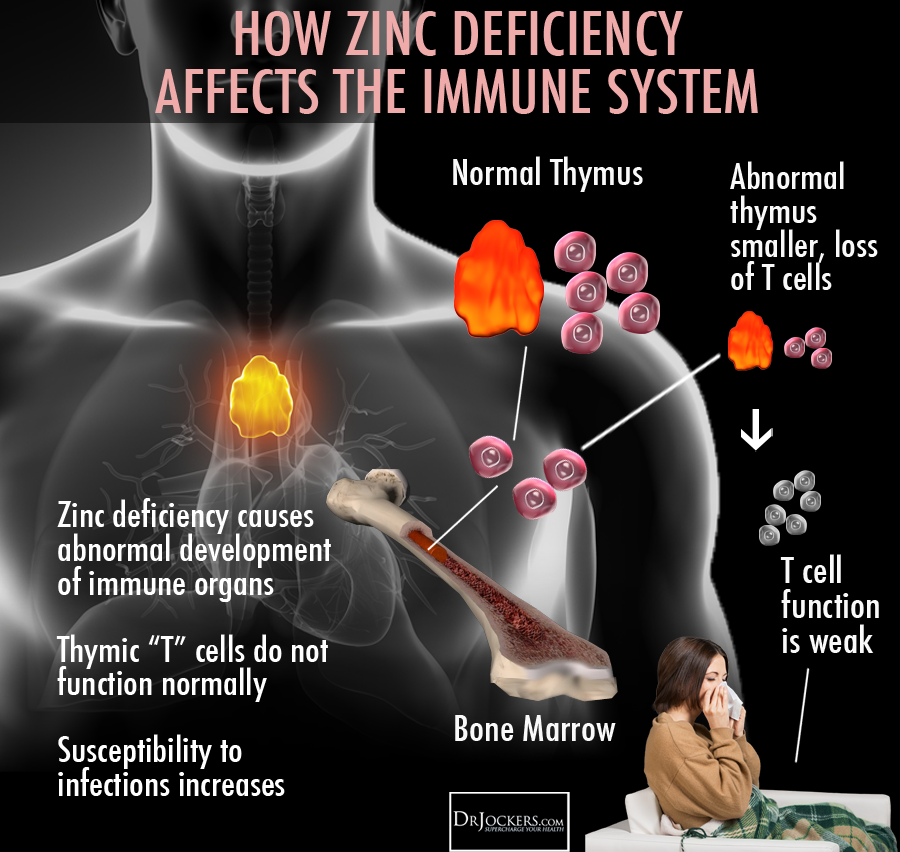
Zinc deficiency is a significant public health problem in developing countries. While, the realization of health significance of zinc nutrition was spurred only in early 2000, in India we have not even started to address this problem meaningfully. Primarily, the reason behind this is that when the Gazette of India was published, there was a major mistake in listing Zinc in the toxicants list. Therefore, fortification of this essential mineral could not be addressed earlier. It took almost 22 years to correct the Indian Gazette.
As per World Bank’s recent report on Nutrition, India loses over $12 billion in GDP to vitamin and mineral deficiencies. 48% of children under the age of five years are stunted, 43 per cent are underweight, 20 percent are wasted, and more than 1 in 4 infants are born with a low birth-weight. According to the proposed regulation, the target foods to be fortified also include rice, maida, vanaspati and atta, which would be enriched — in different combinations — by iron, iodine, zinc, vitamin A, vitamin D, folic acid etc.

In India, nearly 30% of its population is at the risk of zinc deficiency, which is close to 400 million people.
In a survey conducted to establish the prevalence of zinc deficiency in children below the age of 5 years, the overall prevalence of zinc deficiency in the selected five states was found to be 43.8%. The prevalence of zinc deficiency was highest in Orissa (51.3%), followed by Uttar Pradesh (48.1%), Gujarat (44.2%), Madhya Pradesh (38.9%) and Karnataka (36.2%).
This study also revealed that a high prevalence of zinc deficiency was in children that belonged to Low Socio-economic Index (LSI) in India.
In India mild to moderate deficiency of zinc may be widely prevalent due to cereal pulse based diets, low in zinc and high in phytates that may cause zinc deficiency. Though all age groups of the population are at risk of zinc deficiency infants and young children, pregnant and lactating women are the most vulnerable.
Globally, compelling evidence on health benefits of zinc nutrition and zinc supplementation for the growth of stunted children and children with diarrhoea has been discovered in the last decade. In fact, zinc deficiency is a significant public health problem in developing countries. While, the realization of health significance of zinc nutrition was spurred only in early 2000, in India we have not even started to address this problem meaningfully. Primarily, the reason behind this is that when the Gazette of India was published, there was a major mistake in listing Zinc in the toxicants list. Therefore, fortification of this essential mineral could not be addressed earlier. It took almost 22 years to correct the Indian Gazette.
Zinc’s effectiveness for child health and survival had been well documented since the 1990s but it took another decade before it was included in child survival programs.
About 321 Indian children died every day of Diarrhoea in 2015, Reflecting Basic Health Failures. Diarrhoea can be treated with simple Oral Rehydration Salts (ORS) and Zinc tablets, according to the WHO fact sheet. ORS is a mixture of clean water, salt, and sugar which is absorbed in the small intestine and replaces the water and electrolytes lost through feces. Zinc supplements reduce the duration of a diarrhoea episode by 25% and are associated with a 30% reduction in stool volume, according to the WHO.
According to the international medical organization – Cochrane, low- and middle-income countries, millions of children suffer from severe diarrhoea every year and many dies from dehydration. Giving fluids by mouth (using an oral rehydration solution (ORS)) has been shown to save childrens lives, but it has no effect on the length of time the children suffer from diarrhoea. Zinc supplementation could help reduce the duration and the severity of diarrhoea, and therefore have an additional benefit over ORS in reducing childhood mortality.
Breast milk provides adequate nutrients during the first 6 months of life. However, there are some reports of zinc deficiency in breastfed infants. A study was conducted to determine the prevalence of zinc deficiency in infants aged 4-6 months and the associated factors. The results of this study suggest that breastfed infants aged 4-6 months may have a risk of zinc deficiency and that risk is associated with maternal zinc status and breast milk zinc concentrations.
Zinc is required for the activity of more than 300 enzymes, covering all six classes of enzymes.
In case of severe zinc deficiency hair loss, diarrhoea, delayed sexual maturation, impotence, hypogonadism in males etc. can also be observed. Weight loss, delayed healing of wounds, taste abnormalities, and mental lethargy are also related to zinc deficiency. But most of these symptoms are non-specific symptoms, often observed in many other health conditions and therefore difficult to pinpoint the specific nutrient deficiency.
Children are especially vulnerable to Zinc deficiency which weakens their immune system making them prone to diarrhoea, pneumonia, and malaria which are most common causes of death in developing countries that includes India. Zinc given as part of Oral Rehydration Therapy for the treatments for diarrhoea reduces duration and severity of diarrhoea and subsequent episodes in children. Surprisingly, India contributes to the largest child deaths in the world. Zinc deficiency also leads to retarded growth & development and stunting with life-long impacts on health.
In countries like Australia, New Zealand, and the Philippines, zinc drops are used to correct zinc deficiency and to provide a reliable daily source of zinc for persons whose nutritional zinc intakes are low. Zinc oxide is the active ingredient in zinc drops. It is a source of zinc. Zinc drops can be added to drinks or food, or taken from a drop on the back of the hand.
Vitamin A, zinc, and niacin are all necessary for health, but excessive doses can cause toxic symptoms. Thus the minerals are to be taken strictly under supervision and guidance of doctors. It is possible to have Zinc toxicity as well, in both acute and chronic high zinc intake. Acute high intake may result in nausea, vomiting, loss of appetite, abdominal cramps, diarrhoea, and headaches. Chronic high intake of Zinc may result in low copper status, altered iron function, reduced immune function, and reduced levels of high-density lipoproteins.
Zinc deficiency today kills 1.5 million children every year. Zinc deficiency affects not only kids but adults too. According to studies done by International Zinc Association, 2 billion people are deficient in zinc and 800,000 people are at risk of dying each year due to zinc deficiency.
Hindustan Zinc, popularly known as Zinc of India has been relentlessly working towards making a corrosion resistant economy and educate people in India about merits of Zinc not just in infrastructure but also towards the human body.
Source :
 Zinc deficiency is a significant public health problem in developing countries. While, the realization of health significance of zinc nutrition was spurred only in early 2000, in India we have not even started to address this problem meaningfully. Primarily, the reason behind this is that when the Gazette of India was published, there was a major mistake in listing Zinc in the toxicants list. Therefore, fortification of this essential mineral could not be addressed earlier. It took almost 22 years to correct the Indian Gazette.
Zinc deficiency is a significant public health problem in developing countries. While, the realization of health significance of zinc nutrition was spurred only in early 2000, in India we have not even started to address this problem meaningfully. Primarily, the reason behind this is that when the Gazette of India was published, there was a major mistake in listing Zinc in the toxicants list. Therefore, fortification of this essential mineral could not be addressed earlier. It took almost 22 years to correct the Indian Gazette.